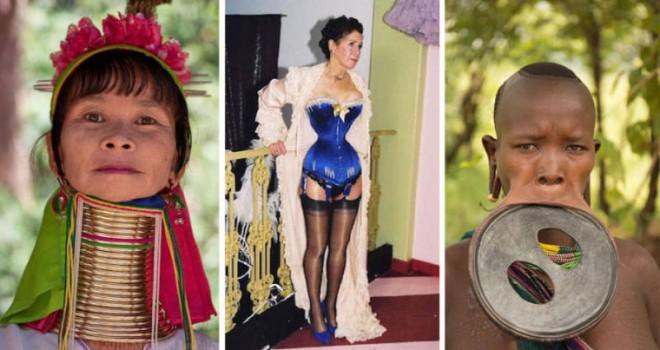Today, women are constantly pressured to fit the mold of magazine cover perfection. But that pressure, and the body modification procedures that arise to meet it, are not new. Across the centuries and around the globe, woman have been modifying their bodies–or having their bodies modified for them. Some modifications exist to enhance feminine beauty. Others exist to diminish it. From the painful foot binding procedures of Imperial China to the horrific breast ironing of Cameroon, these six procedures show that the scope of female body modification extends far beyond botox…
Extreme Female Body Modification: Mursi Lip Plating

One of the oldest female body modification procedures, lip stretching/plating has existed since 8700 BC. In the Mursi tribe of southwestern Ethiopia, a young woman has her lip pierced by a woman of kin in preparation for marriage. For six to 12 months, the women—sometimes as young as 13—undergo a series of lip stretching procedures, as bigger and heavier clay plates replace smaller plates over time. The women craft their own plate, decorating it however they wish. When the lip is fully stretched, it is not required that women wear the plate all the time. However, married women are expected to wear the plates when serving their husbands food and during ritual events.

Final plates measure anywhere from three to eight inches, and most women have to remove some of their lower front teeth to accommodate the final stretching. During adolescence, the size of the plate signifies a woman’s sexual maturity. When married, the plate represents the woman’s ties to her tribe and to her husband. If a husband dies, the plate is thrown away. Although many women in the tribe consider the practice essential to finding a husband, younger girls are abandoning the tradition as the procedure leaves the lower lip permanently disfigured.

Extreme Female Body Modification: Kayan Neck Stretching
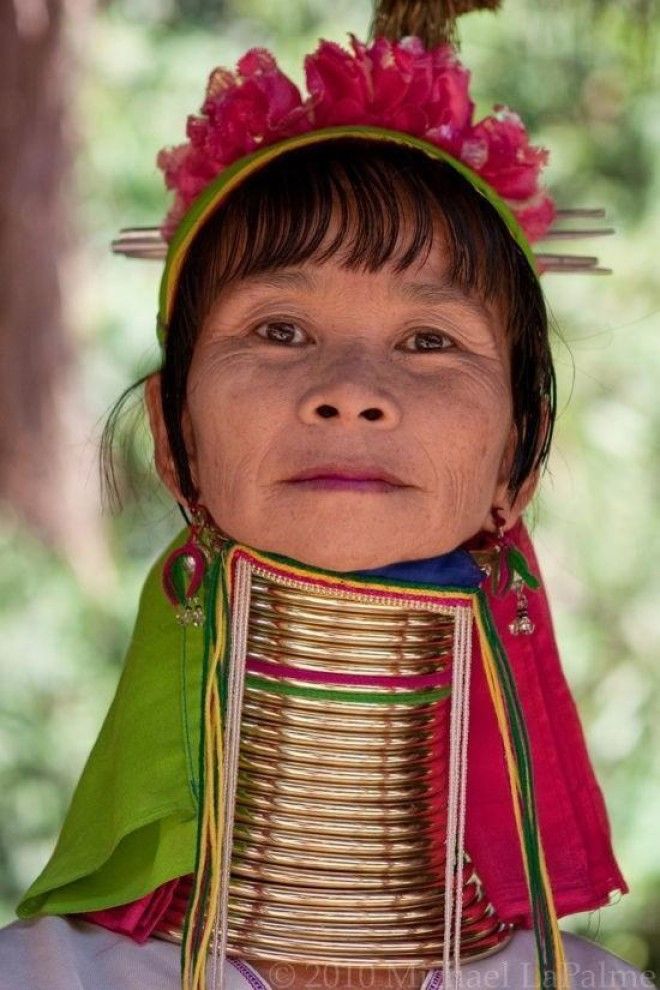
The Kayan women of Myanmar (Burma) practice an especially extreme form of female body modification by wearing brass coils around their necks to make them appear more slender and elongated. In reality, the neck is not lengthened; the collarbone is deformed and pushed down by the coils, ultimately compressing the rib cage. Girls begin to wear the coils at the age of five. After ten years, many of the women feel as though the coils are part of their bodies. When the coils are removed and replaced, the exposed neck is bruised and discolored.

An x-ray comparison of a normal neck (left) vs. one that has been stretched (right).
The reasoning behind the strange practice is up for debate. Anthropologists suggest that the rings protected women from slavery by making them less attractive to competing tribes. Others believe the coils exaggerate the perceived ideal that women have longer and more slender necks than men. Some theorize that the coils make the women look more like dragons, which are important figures in Kayan folklore.
Today, women are given a choice of whether or not to wear the rings. Many still do in order to preserve their cultural identity.
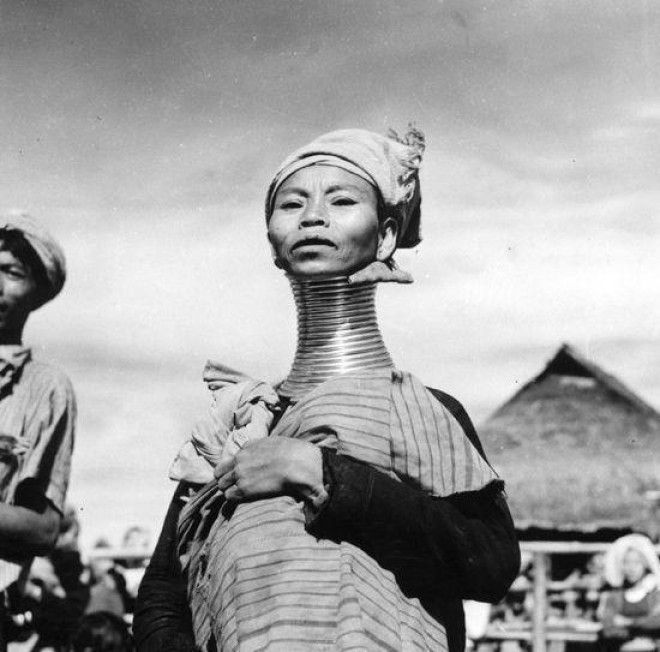
Extreme Female Body Modification: Chinese Foot Binding
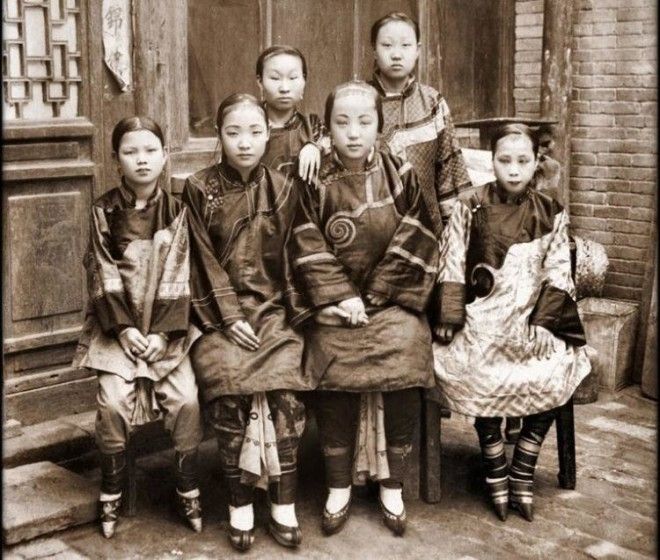
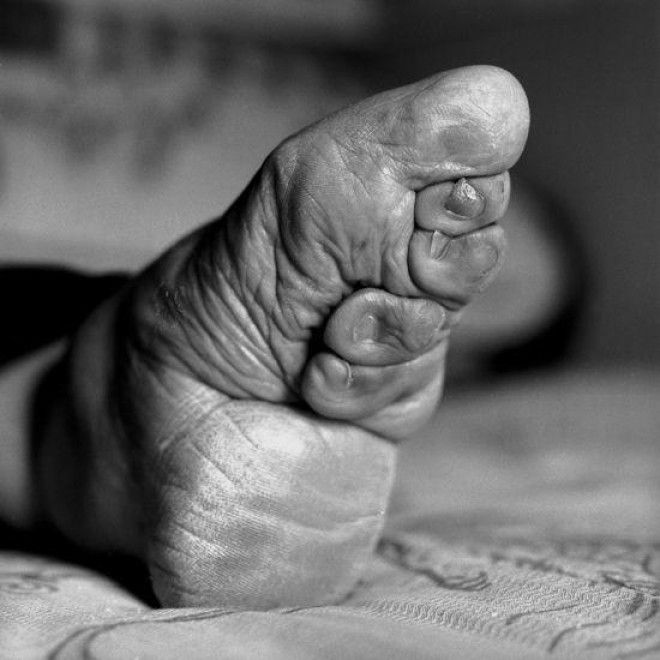
Before the Song dynasty, upper class women were well educated, had their own rights to property and wealth, and could even re-marry. But foot binding reversed all of this. Wives, daughters, and concubines could not assert independence with bound feet. The bones of the feet were crushed, folded over, and bound in the shape of a crescent moon—leaving a woman permanently crippled. Nevertheless, the practice became so popular that an upper-class woman could not find a husband if her feet were not bound. During this time, women’s property and education rights completely disappeared.
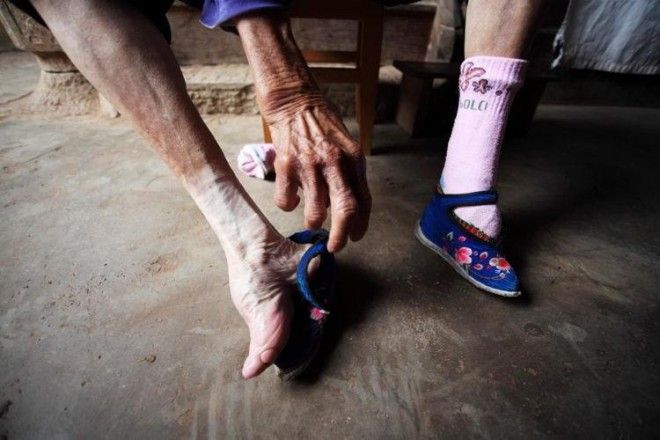
Extreme Female Body Modification: Victorian Tight-Lacing
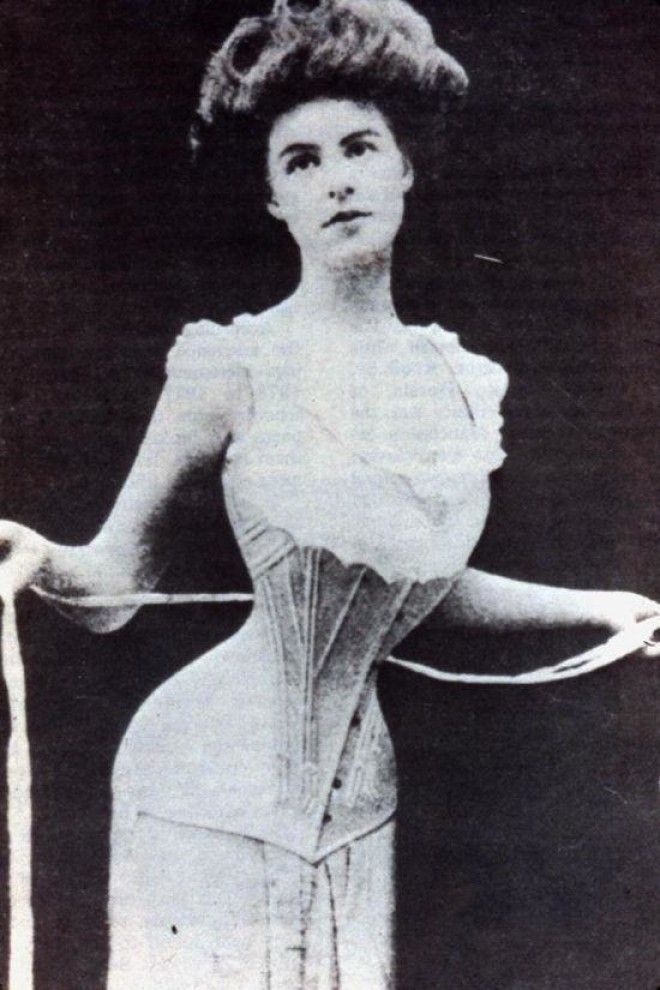
One of the most well-known female body modification tools, the corset was invented to give women a desirable hourglass figure. However, ladies who wore corsets for hours at a time were prone to fainting. The corsets constricted airflow, and the breathless women would retreat to a fainting room or a fainting couch where they could loosen their laces and recover. Nevertheless, corsets took Victorian-era England by storm, only beginning to fade away when doctors proclaimed that corseting caused devastating health problems like liver displacement, muscle atrophy, and heart and lung damage.
Advertising

Cathie Jung holds the Guinness World Record for smallest waist: 15 inches.
Those who continued to wear corsets were deemed slaves to fashion while the rest of the women ditched their corsets to join the rational dress movement, which promoted free-flowing clothing and a natural waist. Although the Victorian corset fell out of the mainstream, there is still a strong following of traditional tight-lacing and corseting techniques in modern society.
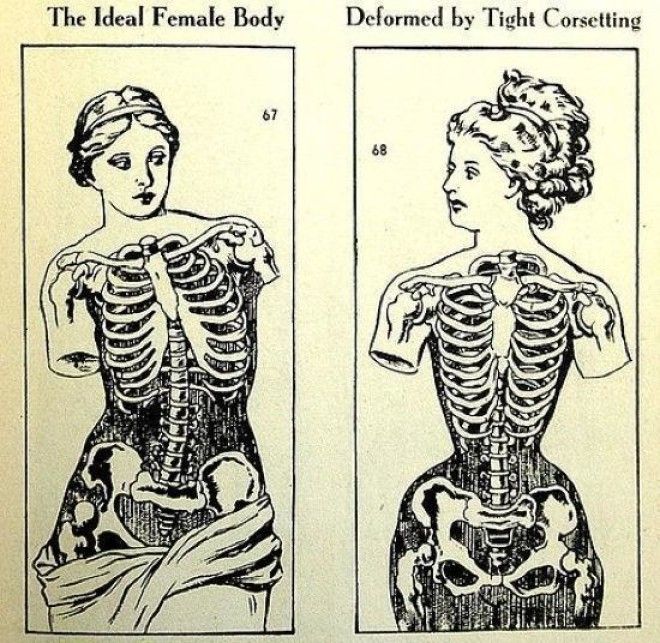
However, more advanced Victorian-era reports on the effects of the corset reveal that medical concern might not have been the sole reason for doctors’ sudden protests. Some argue that the doctors simply used the sudden health concerns as propaganda to promote their own health-conscious corsets. The Edwardian S-Bend corset was said to relieve pressure from the abdomen and promote a strong posture with a forward-tilted pelvis and upright shoulders and bust. Others believe the Edwardian corset was invented to enhance the male fetish for the corseted figure—the new S-bend corset made women walk with swaying hips.
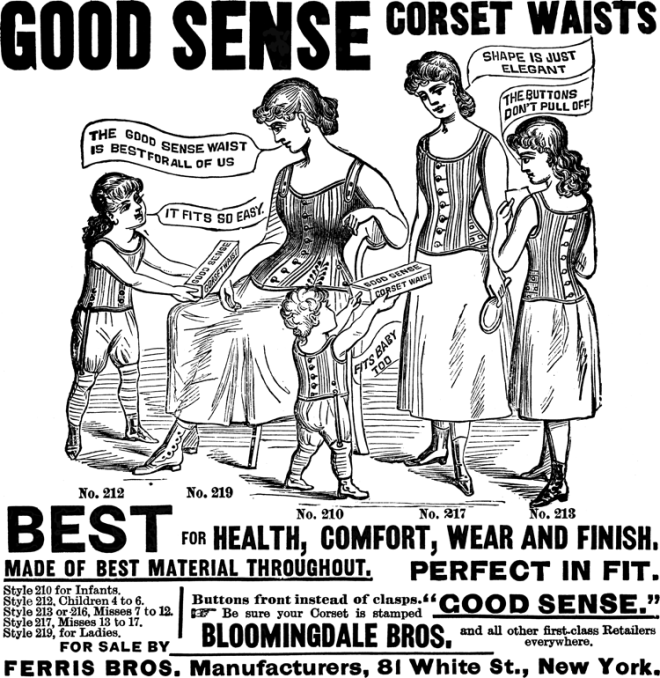
Ironically, the new S-bend “health” corset was later found to be worse for the spine than the traditional hourglass corset as it exacerbated an unnatural posture that made the back hollow and uncomfortably bent.
Extreme Female Body Modification: Cameroonian Breast Ironing

In Cameroon, female breasts are considered shameful. As a young woman begins to develop them, breast ironing is a painful attempt to inhibit the natural growth. Female kin use scolding hot spatulas and pestles to flatten young girls’ chests. This excruciating female body modification is meant to make the women less attractive to men, in the hope that the young girls will not get pregnant and will have a chance to finish their education.
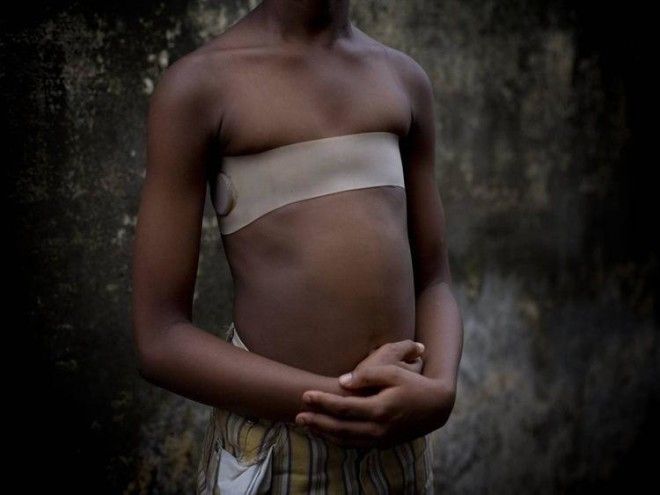
Young girls start the procedure at eight or nine years old by wearing tightly wrapped bandages around their chest to prevent growth. The hot tools are assumed to melt the fat of the breasts, but the practice is never successful in diminishing growth.
Moreover, the procedure can destroy a young girl’s physical and mental health. Cysts, breast cancer, and breastfeeding issues are common for those who undergo the agonizing ordeal. Psychological scarring is almost unavoidable; many of the girls are ashamed to reveal their bodies, do not want anyone to touch their chest, and have a hard time maintaining a physical relationship with boyfriends or husbands.
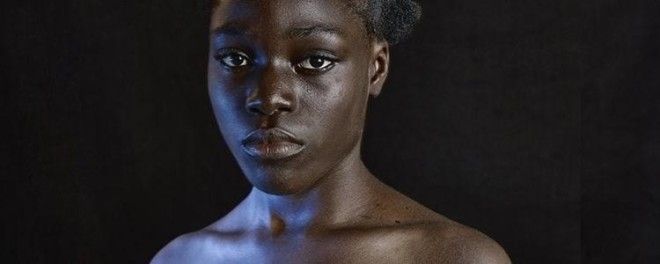
Most breast ironing victims seek to earn enough money to get reconstructive plastic surgery–but the physical scars often do not at all compare to the psychological ones.
Extreme Female Body Modification: Mentawaian Teeth Chiseling

In the Mentawaian village of Indonesia, women are considered more beautiful if their teeth are chiseled down to sharp points–without any anesthetic.

When young girls reach puberty, they chisel their teeth as a rite of passage into womanhood. The sharper and more narrow the point, the more beautiful a Mentawaian woman is considered to be. In this tribe, chiseled teeth are said to maintain balance between the body and soul. The balance between body and soul comes from a woman’s perception of her beauty. If a woman’s soul was upset with her body image, it was believed that the body would grow sick and die.
